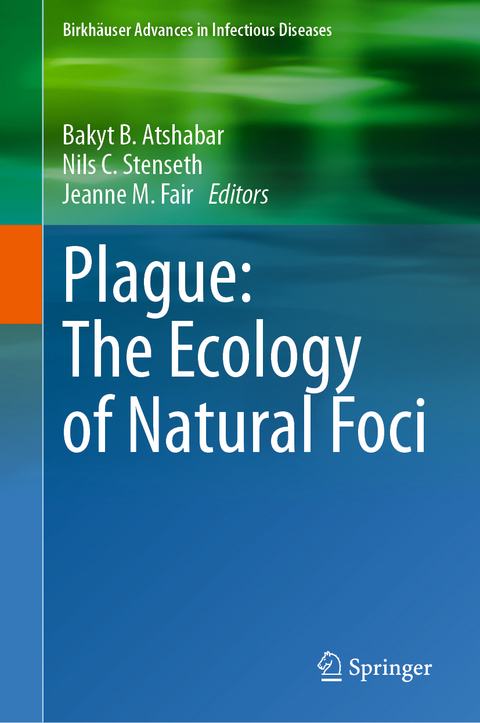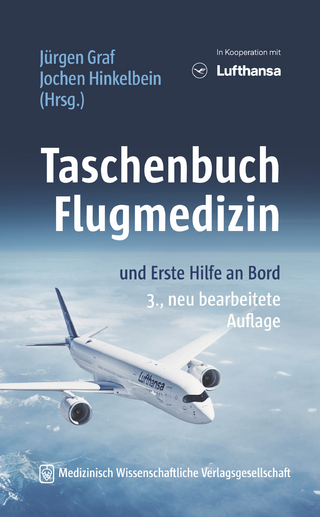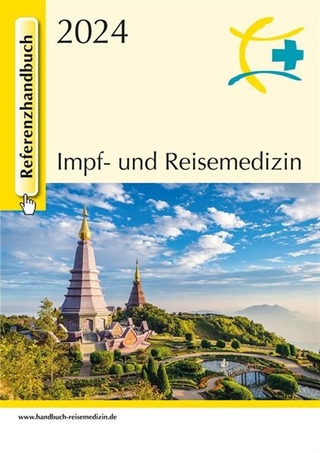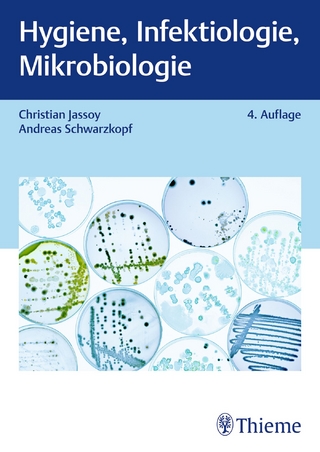
Plague: The Ecology of Natural Foci
Springer International Publishing (Verlag)
978-3-031-58830-3 (ISBN)
This book provides deep insights into the ecology of the plague bacterium Yersinia pestis in natural foci, its diversity, genetic variability and the function of the vector, thus painting a holistic picture of how plague pandemics have evolved and how the bacterium has adapted perfectly to its environment over such a long period of time. The book reviews studies of several generations of scientists from the countries of the former Soviet Union where plague foci are found and presents them for the first time to a global audience. In addition, the book provides comprehensive information on historical plague pandemics and explores future strategies for managing the disease.
Bakyt B. ATSHABAR (Corresponding Editor), PhD, Dr. Habil med., worked as a physician at the Zhangala Plague Control Office of the Uralsk Plague Control Station under the U.S.S.R. Ministry of Health. He worked as a researcher at the Genetics Laboratory of the Central Asian Plague Control Research Institute under the U.S.S.R. Ministry of Health (later, the M. Aikimbaev's Kazakh Scientific Center for Quarantine and Zoonotic Diseases, and then, since 2020 - the M. Aikimbaev's National Scientific Center for Especially Dangerous Infections under the Ministry of Health of the Republic of Kazakhstan). He served as Head of the Plague Microbiology Department, and between 1998 - 2017 as Director of M. Aikimbaev's Kazakh Scientific Center for Quarantine and Zoonotic Diseases.
In 1985, Bakyt B. Atshabar upheld his PhD dissertation on "Features of Epizootics and Circulating Strains in the Ustyurt Autonomous Plague Focus", specialising in the field of epidemiology. In 1996, he upheld his Dr. Habil med. dissertation on "Natural Variability of Yersinia pestis", specialising in the field of microbiology. He has published 8 monographs and 180 research articles. Moreover, Dr. Atshabar served as WHO expert on pneumonic plague (2008-2020) and as Director of the Plague Center collaborating with the WHO (1999-2017).
Nils Chr. STENSETH, Dr. philos in evology and evolutionary biology has worked on - and continues to work on - population ecological problems within a broad spectrum of ecological systems and issues, inlduing strengthening the coupling of ecology and evolution within the field of evolutionary biology. Since approximately 2000 Stenseth has worked on the ecology and evolution of plague, staring with the analysis of long-term data from Kazakhstan. During the last 20 years or so, he has also worked on the ecology and evolution of other zoonotic pathogenes. Currently he is the corresponding PI of an ERC Synergy grant entitled "Reconstructing the environmental, biological, and societal drivers of plague outbreaks in Eurasia between 1300 and 1900 CE" within which the reconstruction of past climate variatioin, soil physics and chemistry , molecular biology and historical research are included in an integrated and synergestic manner.
Dr. Stenseth's primary affiliation is the Centre for Ecological and Evolutionary Synthesis (CEES), Department of Biosciences, University of Oslo, Oslo, Norway; phone +47 22854584; mail address: n.c.stenseth@mn.uio.no. Stenseth is also affiliated with the Centre for Pandemics and One-Health Research, Faculty of Medicine, University of Oslo, Oslo, Norway; as well as the Vanke School of Public Health, Tsinghua University, Beijing, 100084, China
Jeanne M. FAIR, M.S., PhD. As a scientist at Los Alamos National Laboratory I have had a focus on epidemiology and animal disease ecology. In the fall of 2016, I am returning from an assignment with the Defense Threat Reduction Agency's Cooperative Biological Engagement Program that has the mission of reducing the threat of infectious disease and increasing global health security under the One Health umbrella. I was Regional Science Manager for three years for the Middle East and Central Asia region.
I am the principle investigator for a long-term (24 years) research project on the impacts of environmental stress on cavity-nesting birds. In 2013, I served as Program Manager for the Long-term Strategy for Environmental Stewardship and Sustainability at Los Alamos. In 2012 I served as Editor-in-Chief of the Guidelines for the Use of Wild Birds in Research. During 2005-2009 focus on modeling of pandemic influenza I was the lead epidemiologist/analyst for Critical Infrastructure Protection and Decision Support Systems Team for the Department of Homeland Security's response to the emerging threat.
Part I: Variability and Selection of Yersinia pestis in the Natural Plague Focus.- Chapter 1: Introduction.- Chapter 2: Ecological Bases of Yersinia pestis Variability in the Nature.- Chapter 3: Mutational Variability of Yersinia pestis under the Action of Phagocytising Cells of Rodents.- Chapter 4: Environmental Aspects of Yersinia pestis Virulence and Selection in the Natural Plague Focus.- Chapter 5: The Main Carrier's Function in the Natural Plague Focus.- Part II: History and Ecology of Plague.- Chapter 6: The Ecology of Plague.- Chapter 7: The Evolutionary History of Yersinia pestis.
| Erscheinungsdatum | 06.08.2024 |
|---|---|
| Reihe/Serie | Birkhäuser Advances in Infectious Diseases |
| Zusatzinfo | XIX, 172 p. 29 illus., 16 illus. in color. |
| Verlagsort | Cham |
| Sprache | englisch |
| Maße | 155 x 235 mm |
| Themenwelt | Medizin / Pharmazie ► Medizinische Fachgebiete ► Mikrobiologie / Infektologie / Reisemedizin |
| Naturwissenschaften ► Biologie ► Mikrobiologie / Immunologie | |
| Schlagworte | Pandemic • plague ecology • plague outbreak • plague risk region • Yersinia Pestis |
| ISBN-10 | 3-031-58830-4 / 3031588304 |
| ISBN-13 | 978-3-031-58830-3 / 9783031588303 |
| Zustand | Neuware |
| Haben Sie eine Frage zum Produkt? |
aus dem Bereich


